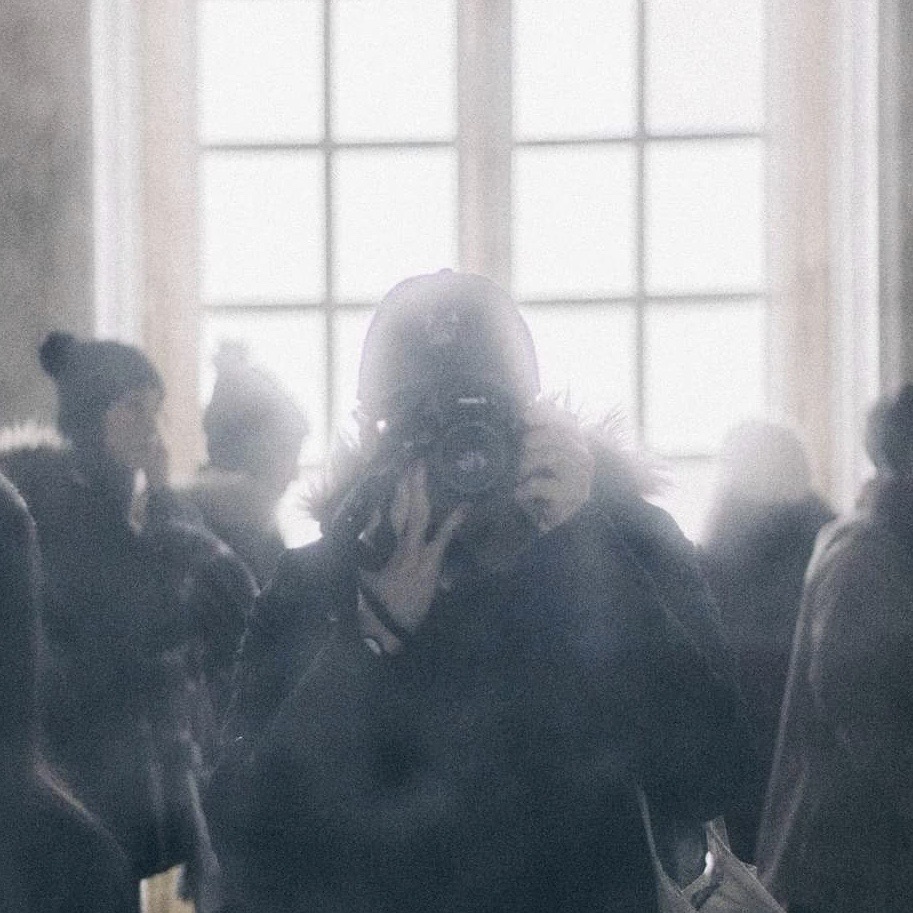Bottles go for $19.90, and the lees ($11.90), a by-product from the brewing process, is also available. The yield for each batch is limited, so pre-orders via its website is highly encouraged. The microbrewery has also introduced a Bring Your Own Bottle initiative for those looking to purchase larger formats.
Making rice wine is a time-consuming process. Glutinous grain needs to be fermented with natural red yeast and distilled water – in ceramic pots – for some three months before it can be consumed. And with the advent of modern, trendy spirits, this traditional fermented beverage is slowly trickling in popularity.
RECOMMENDED Drink this: Sage 43, a low-alcohol cocktail suitable for all drinkers
Thankfully, in Singapore, a microbrewery is fighting to keep the craft of rice wine-making alive – by using an heirloom recipe that dates all the way back to 1931 (and possible before). And the guardians of this time-tested tradition: the Wu family.

At the start, Johnny Wu and Sharon Ng would make rice wine for personal consumption and gifting relatives. “Everyone in the family has been exposed to rice wine since young,” shares Sharon. “I use it in every meal.” Heat from the stove would cook off any alcoholic content, leaving in its place an alluring aroma.
But word soon got out about the family’s quality brew, and demand started to grow. With the help of their three children, the couple decided to turn the family recipe into a family-run microbrewery. Their confidence was also bolstered after a trip to a rice wine museum in China, where they verified their recipe against historical records. The results were a close match.
While Johnny and Sharon are responsible for making each batch. the new generation chipped in with ideas relating to marketing and branding. Red-hued tonic thus comes packaged in sleek, frosted bottles that would appeal to both the old and young crowd.


Still, the brewing process is a laborious one. Thai glutinous rice has to be first steamed, then left to cool completely before natural red yeast can be added alongside distilled water. The mixture is then left to ferment for some three months before it is hand-bottled. “You can’t rush the process,” says Johnny.
Sharon adds: “Patient work makes for a fine product.”







